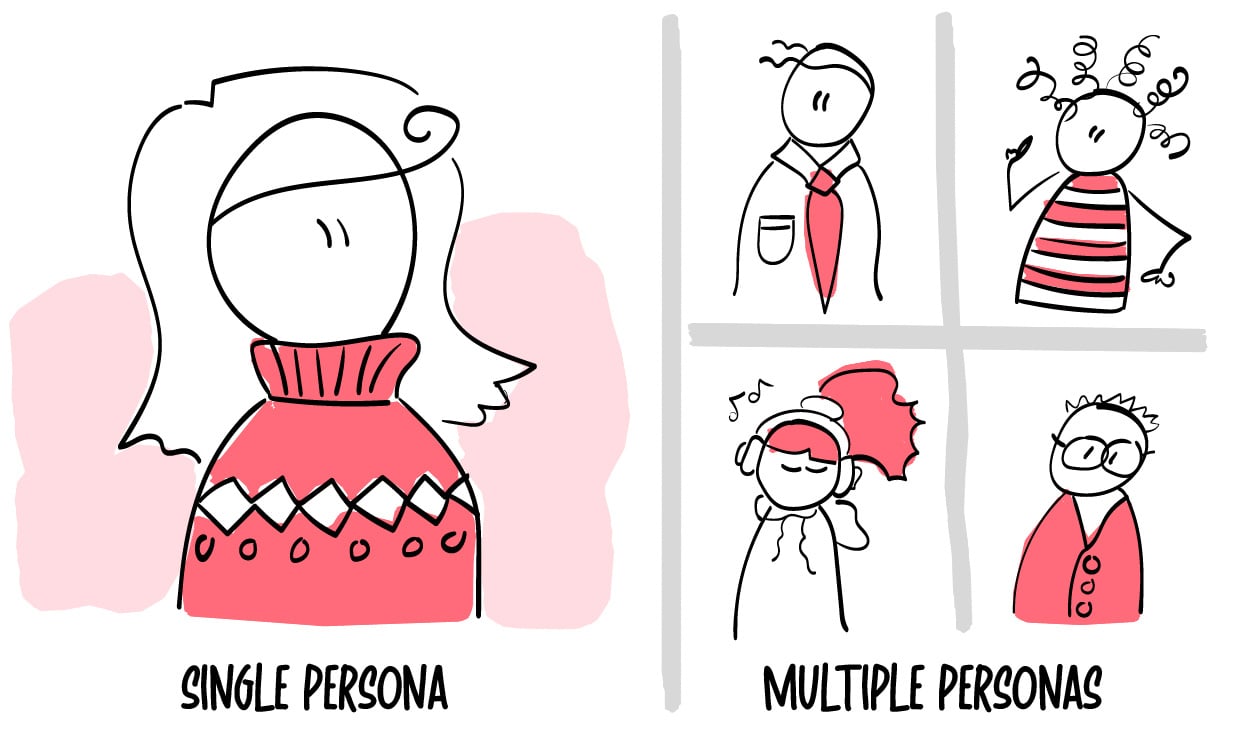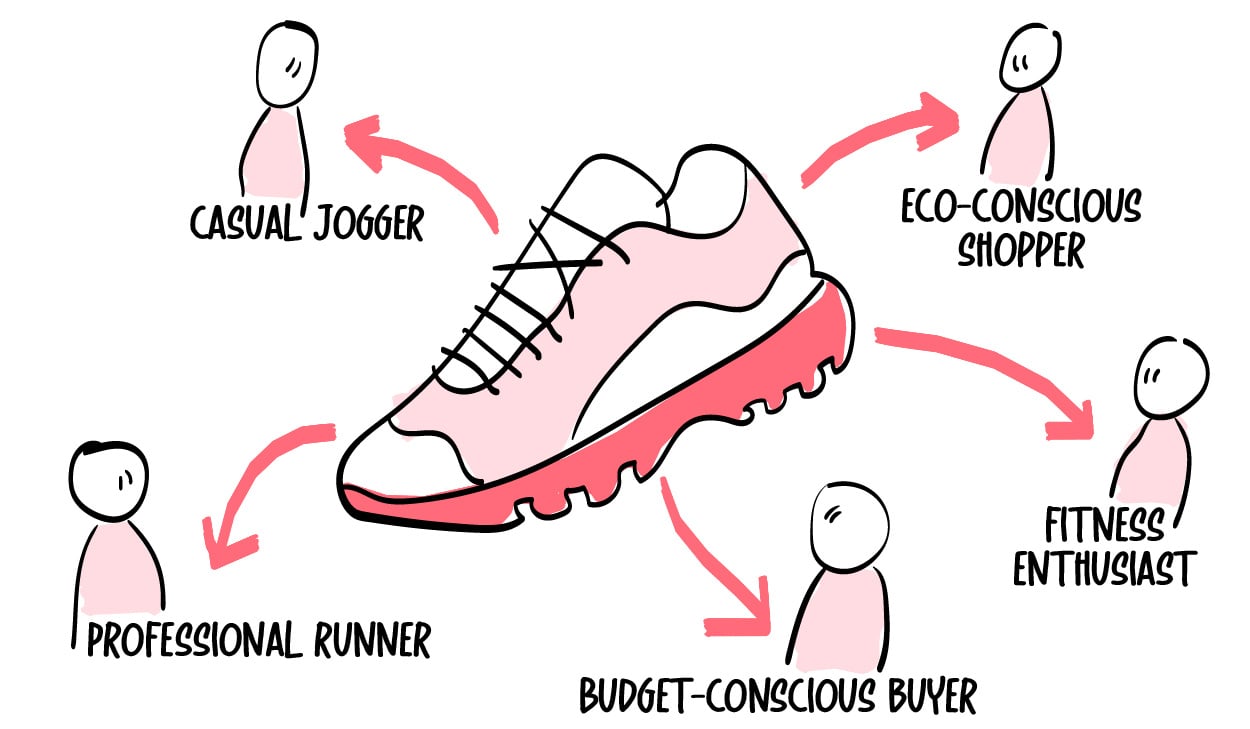
A weekly newsletter exploring the intersection of creative operations, technology, and online retail.
#011: Personalization at Scale Starts Here
Last week, my co-founder, Tejs, shared an interesting exchange he’d had with ChatGPT about the future of personalization in retail.
One insight jumped out to me:
Creating human-centered content tailored to specific personas is critical, especially during the transition to AI-driven retail. Even as AI agents increasingly act on behalf of consumers, those agents will often reflect the preferences and priorities of distinct personas.
I’ve bolded this for emphasis because it’s a powerful idea highlighting a glaring reality: most brands are not ready to harness personalization at scale.
The issue isn’t about tech, resources, or lack thereof. It’s something much simpler yet more foundational: they haven’t nailed defining and understanding their personas.
In this issue, I’ll explore why personas are the cornerstone of personalization and how critical product attribution and persona-driven content are.

Why Personas Are the Key to AI-Led Personalization
The traditional one-size-fits-all approach in fashion and apparel has often focused on a single persona.
For example, a lifestyle brand targeting a 20—30-year-old urban woman in a city who values sustainable living and ethical consumption. (This is a simplified example, of course, but you see where I’m going with it.)
Her persona dictates everything—design choices, styling, model selection, hair and makeup, and ultimately, the brand's overall aesthetic. The single-persona approach has long been ubiquitous in fashion and apparel, especially on the brand side.
However, this long-standing method of working with a single persona will soon undergo a fundamental shift.
In the future, hyper-personalization will become the norm. Imagine a buyer interacting with an AI agent, asking, "I’m shopping for a 35-year-old marathon runner who loves running. What shoes do you recommend?" The agent will then showcase products suited for that persona.
To prepare for this level of personalization, brands need to start working with personas (if they aren’t already) and then develop the ability to tailor content to each persona.
That’s the foundation for what’s to come.

From Single Persona to Infinite Possibilities
Two things stand out when working with personas in content production. First, getting product attribution right is non-negotiable.
Take a running shoe, for example. Some features will speak to professional runners, while others are perfect for casual joggers.
To connect with both groups, you need to map out their key characteristics. That’s the starting point.
Everything changes when you go from working with one persona to two**.** Suddenly, you’re not just focusing on one buyer type but managing multiple needs, preferences, and behaviors.
And if you can handle two personas, you’re already preparing for three, four, or more and will be able to scale your content strategy without sacrificing relevance.
This is where sales channels can give you a head start. Your mobile website, desktop site, and even a marketplace like Amazon all cater to slightly different audiences. Treating these as separate personas forces you to build the infrastructure needed to create and manage tailored content.
That groundwork pays off when hyper-personalization inevitably becomes the norm. (And it will become the norm.)
If you can nail product attribution, craft content for multiple personas, and deliver it effectively, you’ll be ready to ride the wave of personalization when it hits.
A New Era of Personalization Awaits
AI will fundamentally transform the way people buy products. That’s the fascinating part. And I’m not even referring to AI agents or similar technologies.
I’m referring to how AI will revolutionize product attribution, enabling far more advanced capabilities.
However, the foundational elements—product attribution and persona-driven content—must be in place for this to work.
We’re at the edge of a tipping point that will reimagine how we connect with customers. For those ready to embrace it, the possibilities are limitless.
And the best part? There’s room for everyone to grow and thrive in this new era.
Grateful,
Thomas

|
Thomas Kragelund Follow me on LinkedIn. |
Get Content Insider In Your Inbox.
The weekly newsletter packed with actionable tips, industry trends, and insider insights from Creative Force CEO Thomas Kragelund. Stay ahead in creative production and online retail—subscribe now to gain the insights you need to drive growth and stay competitive.



